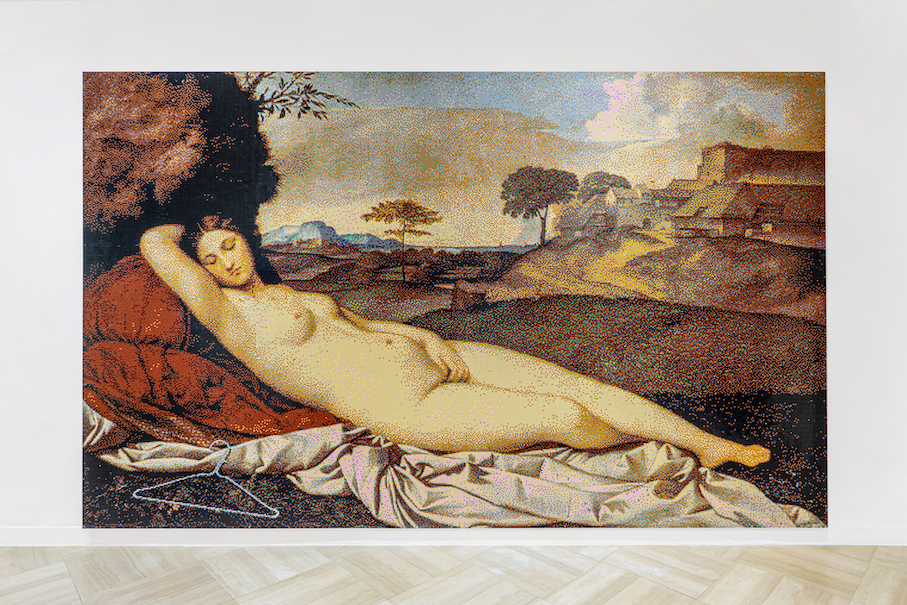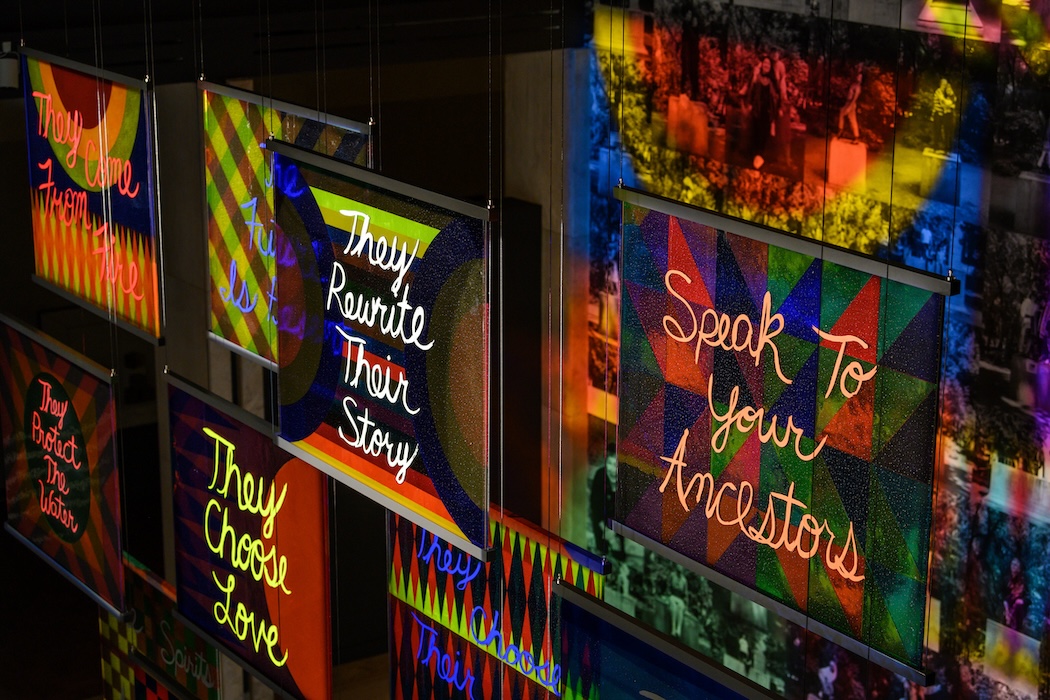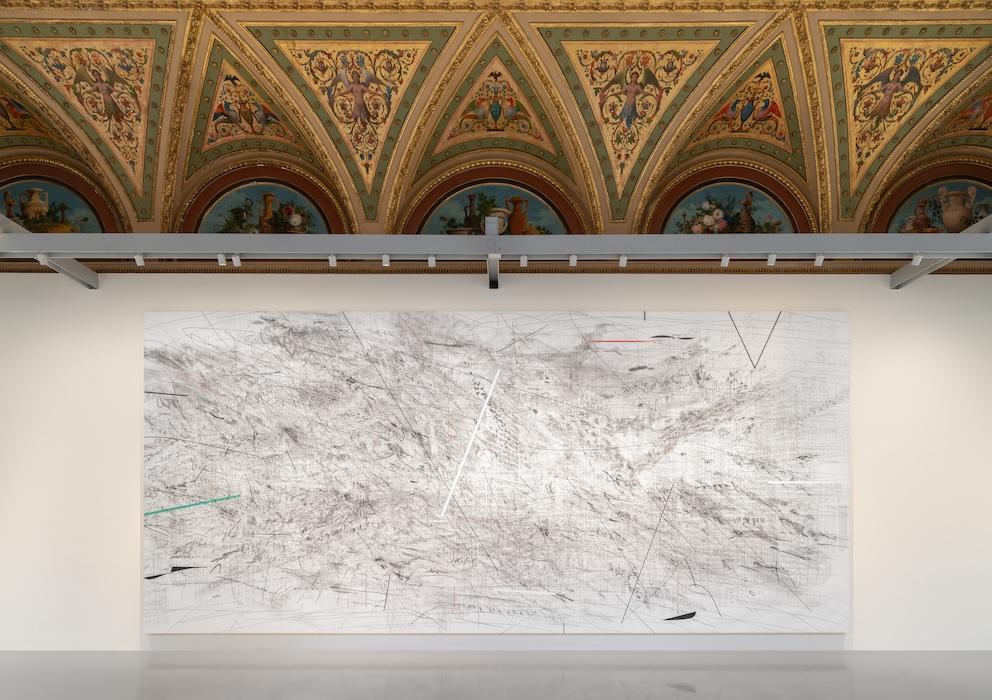For the first time, the Italian Pavilion at the 59th Biennale di Venezia debuted a presentation by a single artist, with Gian Maria Tosatti’s “History of Night and Destiny of Comets.” Sponsored by Maison Valentino, Tosatti worked in dialogue with the fashion house’s creative director, Pierpaolo Piccioli, to conceive the presentation, which has been described as an environmental installation. Inhabiting La Gaggiandre of the Arsenale, where Piccioli unveiled Valentino’s couture collection last July, the show (open with the Biennale through November 27) is an optimistic one, meant to inspire viewers to take on a proactive mindset when it comes to our environment.
Curated by Eugenio Viola, Tosatti’s installation leaves visitors with a new awareness of our role on this planet, achieved through the inclusion of references and devices from literature, theater, music, and visual arts. Viewers of Tosatti’s monumental installation might forget their location when entering the industrial spaces of the work, in which rows of sewing machines, bare storage shelves, packing crates, and behemoth machinery occupy barren rooms, evoking a haunting feeling that their human operators might have left for good. To get a closer look at Tosatti’s interpretation of our present moment, Whitewall spoke with the artist ahead of the pavilion’s opening.
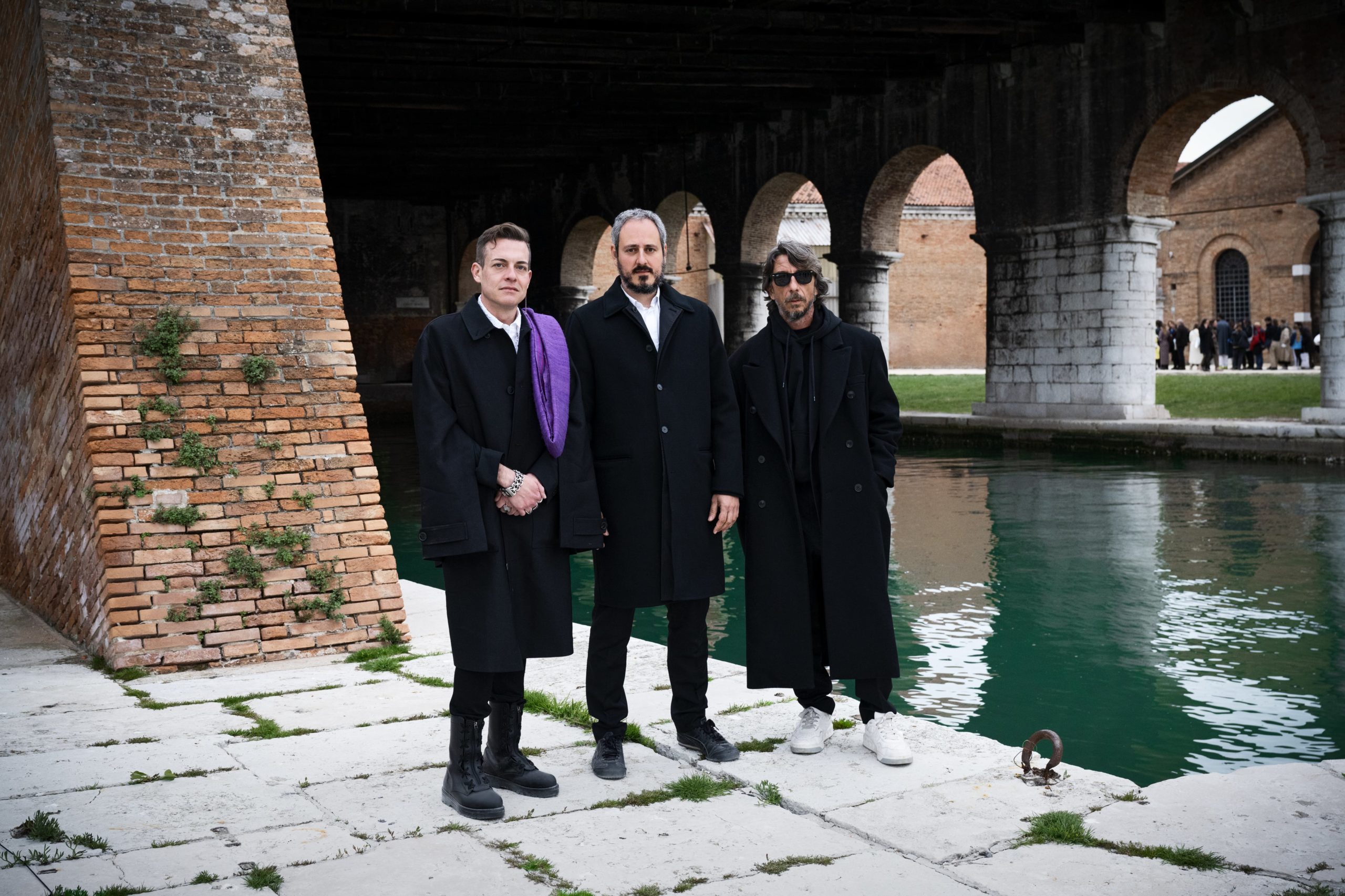
Eugenio Viola, Gian Maria Tosatti, and Pierpaolo Piccioli, courtesy of Valentino Spa.
WHITEWALL: Tell us about your work for Italy’s pavilion, “History of Night and Destiny of Comets.” What was the starting point for the installation?
GIAN MARIA TOSATTI: The starting point was the invitation from the curator to make a clear statement about our post-pandemic present and our future. We were both aware that in a moment in which we are really facing for the first time in history the eventuality of the extinction of our species, to build a cruel mirror in the most visible event of contemporary art in the world was an occasion to put millions of people in front of their responsibilities and their perspectives.
WW: You are the first solo presentation of an artist in Italy’s pavilion. What is it like being the sole representative of your country at this year’s Biennale?
GMT: I can say that it is an opportunity that the artistic community was awaiting since the very first Biennale that I saw in my life. Yet I think the necessity of a single work to represent our country was felt much earlier, too. So I just feel like I had the privilege to be the first to work in the Biennale the way many other countries have done for a long time. Working alone, then, makes the artist more comfortable, since he has more responsibilities, but also much more freedom.
WW: How does the site of the exhibition impact what you wanted to create here?
GMT: Well, the Arsenale was the very first modern factory in Italy. This thing was not a direct connection with the project that Eugenio and I have developed, but, of course, I can say that it had some influence on it.
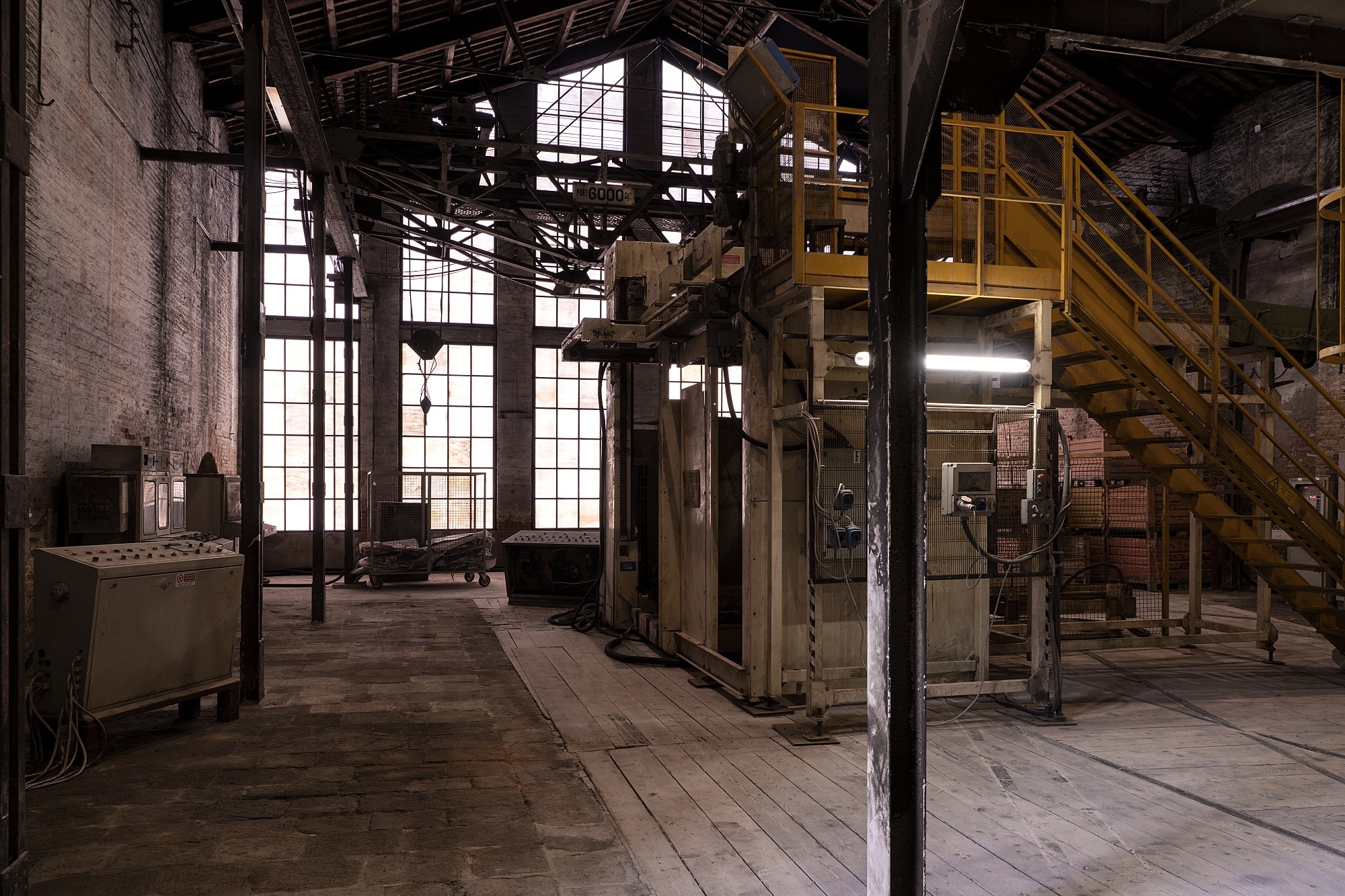
Installation view of Gian Maria Tosatti’s “History of Night and Destiny of Comets” in the Italian Pavilion at the 59th Biennale di Venezia, curated by Eugenio Viola, commissioner of the Italian Pavilion Onofrio Cutaia, courtesy of DGCC – MiC.
WW: What are some of the themes or ideas you’ve incorporated in your work that you feel are important to highlight in a representation of Italy?
GMT: I would say that many people, after the show, spoke about images from the sixties. On the contrary, all the elements inside the show have been brought to us from factories that failed and closed during the pandemic. It means that the machines that we exhibited in the show are still warm. If people perceive them as something old, it means that our idea of the work and our practices are stuck in the sixties. It is a good key to understanding why we are in a crisis.
WW: “History of Night and Destiny of Comets” unfolds over a prologue and two acts. Where does the story begin?
GMT: It begins maybe at the beginning of times, with the myth of Lucifer. It speaks about a creature that wants to rule over its creator. And it looks so similar to what we are experiencing today in the relationship between man and nature. Art does not face current problems, but deep and archetypal problems in its current declinations.
WW: What kind of hope, or vision of the future, do you see in the final act?
GMT: Well, nature doesn’t give us a second chance. Ever. Think about the myth of Eden. But it always allows us to restart on a different path. Adam and Eve built a civilization, after all . . .
WW: What was the process like working with the curator Eugenio Viola?
GMT: Eugenio and I have worked together for 10 years. We are two very different people, but we are brothers linked by a very special sensitivity and a strong political commitment that is not made of simple statements, but real actions in reality.
WW: And how was working on the organization of this edition of the Italian Pavilion at Biennale Arte 2022 with Valentino’s Pierpaolo Piccioli?
GMT: Working on this production, I found many values that I share with Pierpaolo. Of course, we have two different jobs, but many thoughts about our time are common. Valentino—as much as the other institutional or private sponsors—had the courage to sustain a pavilion that gave back an honest image of our country and maybe of the whole of Europe. We didn’t want to give to people a fairy tale.
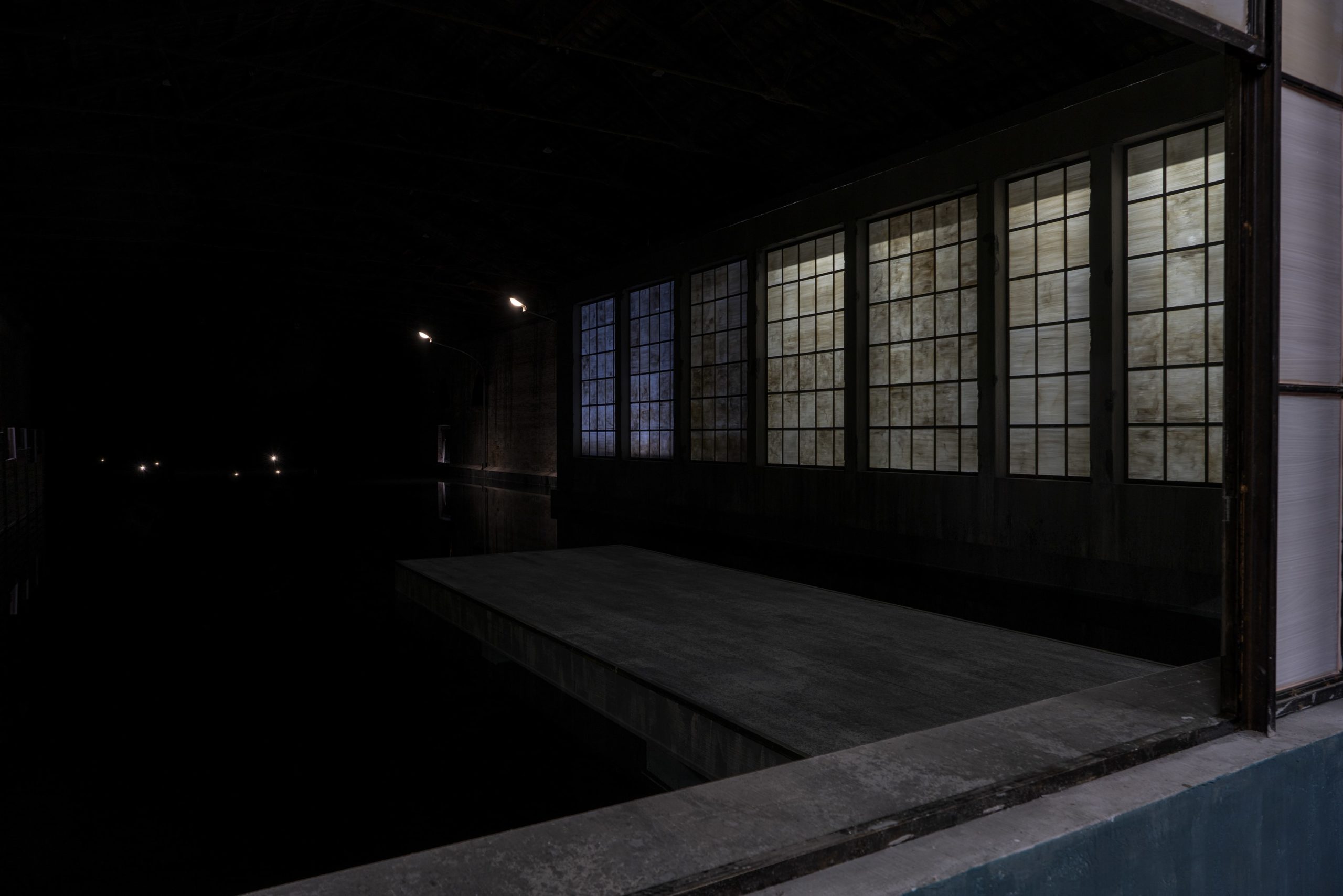
Installation view of Gian Maria Tosatti’s “History of Night and Destiny of Comets” in the Italian Pavilion at the 59th Biennale di Venezia, curated by Eugenio Viola, commissioner of the Italian Pavilion Onofrio Cutaia, courtesy of DGCC – MiC.
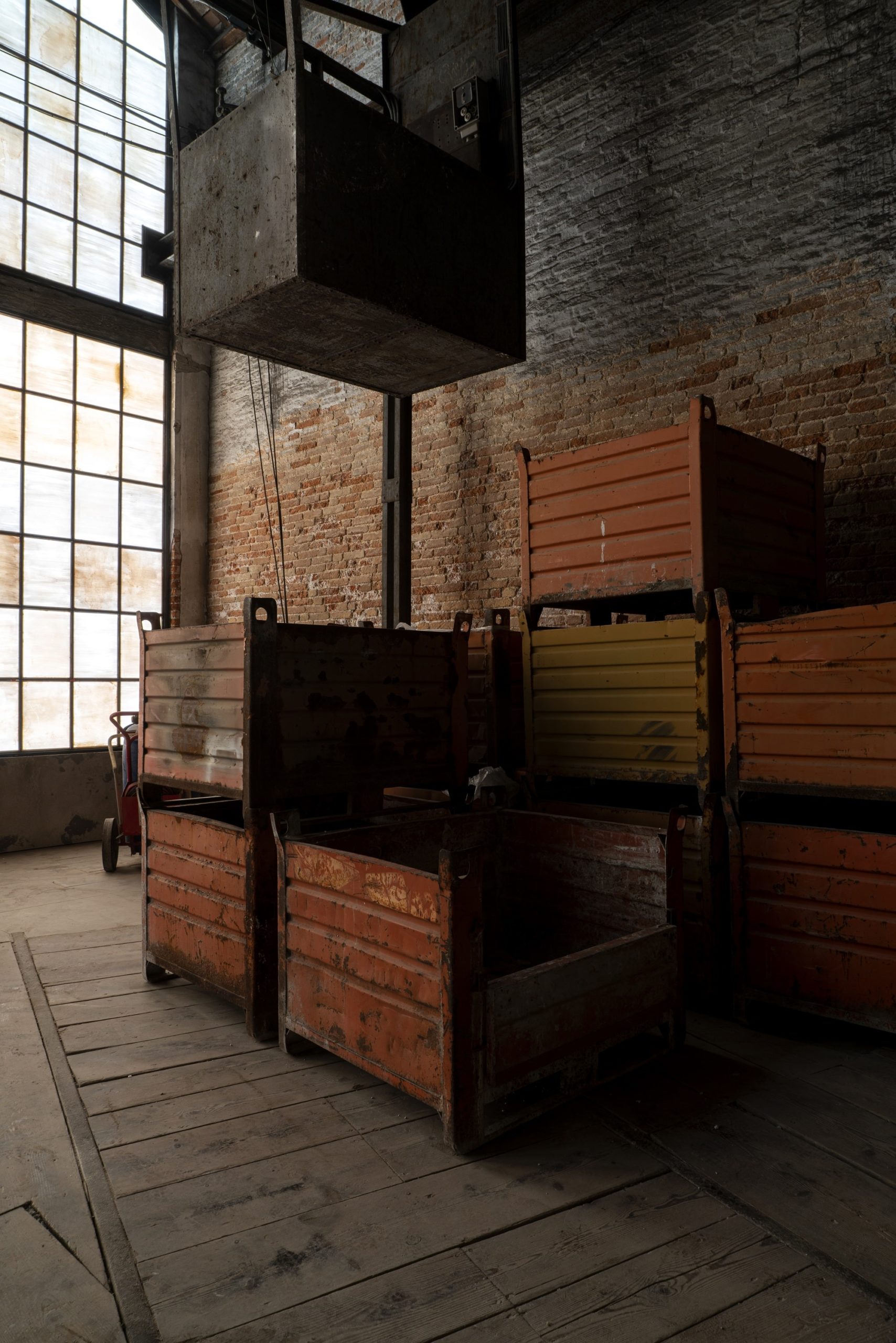
Installation view of Gian Maria Tosatti’s “History of Night and Destiny of Comets” in the Italian Pavilion at the 59th Biennale di Venezia, curated by Eugenio Viola, commissioner of the Italian Pavilion Onofrio Cutaia, courtesy of DGCC – MiC.




